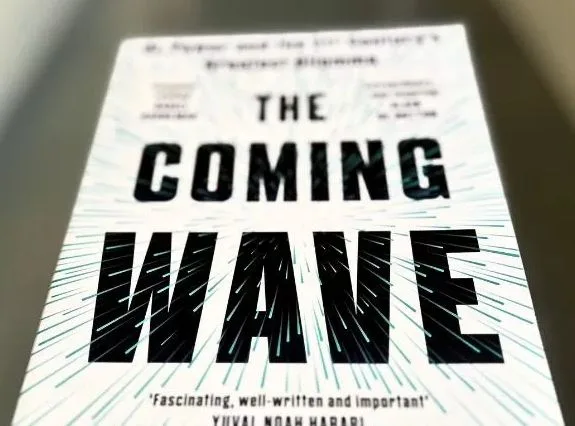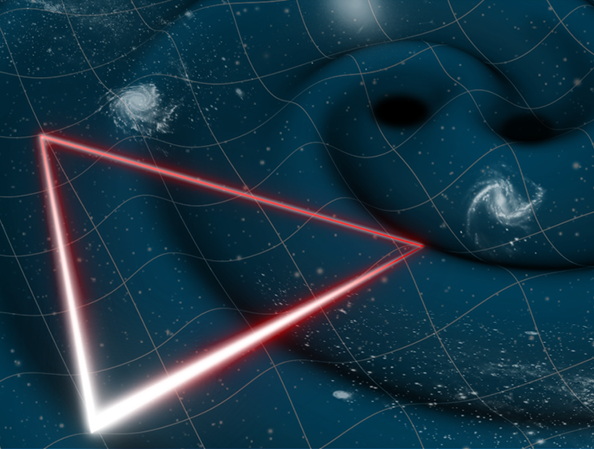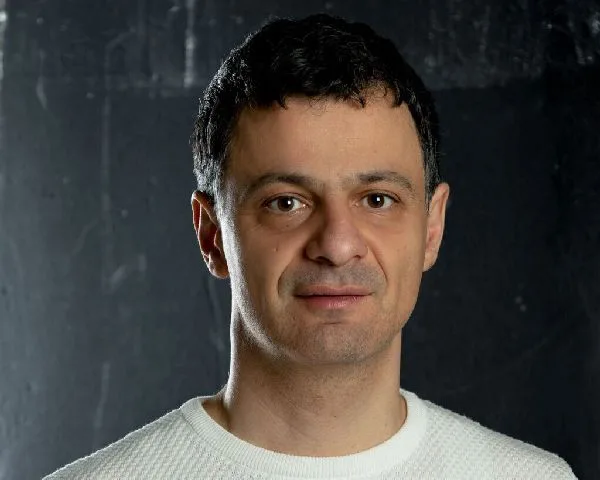Launched in 1977, Voyager 1 is one of the farthest probes that we’ve sent so far. As of July 2024, it’s a whopping 24.4 billion kilometers away from Earth, making it the most distant human-made object ever. Yet, there are things in the space that we have absolutely zero clue. Yes, I’m referring to – Dark Matter. Dark matter helps slow the black holes down and lets them come together for supermassive black hole mergers, at least the recent research says so. Typically elusive, this invisible matter seems to play…
Read MoreTag: research
Protein FAM110A’s Role in Cell Division Unveiled: Microtubule-Actin Interaction During Mitosis
An international research collaboration led by Prof. Dr. Robert Grosse, Dr. Libor Macurek, and Dr. Zdenek Lansky has uncovered a new mechanism of crosstalk between microtubules and the actin cytoskeleton during cell division. They revealed unique characteristics of the previously unexplored protein FAM110A, enhancing understanding of critical processes related to developmental disorders and cancer.
Read MoreNeutron Innovation: Precise Temperature Measurement for Electronics
We are constantly surrounded by electronics. From LEDs to batteries, these electronics have become part of our lives. And so, more advanced and intricate components are needed to make them more efficient and reliable. However, as these components become increasingly sophisticated, getting reliable temperature measurements of specific elements inside an object can be a challenge.
Read MoreBook Review: The Emperor’s New Mind by Roger Penrose
The Emperor’s New Mind: Concerning Computers, Minds and The Laws of Physics was written by Sir Roger Penrose. It was first published in 1989. I decided to pick this book because I thought it would give me the physicist’s perspective on what consciousness is. However, this book is much more than that. It’s about Turing machines, lambda calculus, the Mandelbrot set, Gödel’s theorem, cosmology, space-time singularities, quantum mechanics, neurology, AI, and, of course, consciousness. So, it’s a comprehensive package covering nearly “everything”.
Read MoreInterview: Dr. Boris Goncharov, a Senior Scientist at the Albert Einstein Institute, Germany
I’m thrilled to introduce Dr. Boris Goncharov, a distinguished figure in the field of gravitational wave research. Currently, he is a Senior Scientist with the Pulsar Timing Array (PTA) group at the Albert Einstein Institute (AEI) in Hanover, Germany, where he is exploring the fascinating world of nanohertz-frequency gravitational waves.
Read MoreFrom Urine to Water: The Latest Breakthrough in Spacesuit Technology
Of all the things in movie, Dune, I particularly got fascinated with the idea how the people used those suits to recycle sweat and urine into drinkable water. It got me thinking: why can’t we make this tech a reality? Well, it turns out researchers at Cornell University are on it! They’ve developed a prototype for a new urine collection and filtration system for spacesuits. Isn’t that awesome?
Read MoreBook Review: The Coming Wave by Mustafa Suleyman
The Coming Wave: Technology, Power, and the 21st Century’s Greatest Dilemma is written by Mustafa Suleyman along with the researcher Michael Bhaskar in 2023. Before reviewing the book, I’d like to mention Suleyman views that I came across in one of his interviews with The Guardian. The following lines cover almost everything that is mentioned in the book – The Coming Wave.
Read MoreGravitational Wave Memory: A Tool for Measuring Spacetime Symmetries
When we talk about the fabric of reality, in terms of physics, we deal with interesting abstractions and tonnes of complexities. One such intriguing concept of Einstein’s theory of general relativity is the existence of gravitational waves. As the name suggests, these ripples are generated in the spacetime by some of the universe’s most violent and energetic processes, such as mergers of cosmic stars or dent in the landscape due to black holes. Interestingly, whenever these waves pass through, they leave a measurable imprint on the relative positions of objects—a…
Read MoreBrain-like Artificial System: Dendristor to Mimic Brain’s Dendritic Computations
As artificial intelligence (AI) technology is expanding its tentacles rapidly across globe, engineers around the world are designing new types of computer architectures and hardware. One interesting aspect of most brain-inspired technologies developed so far is that researchers focus on mimicking how neurons fire (i.e., send electrical signals) rather than replicating the entire structure of the brain.
Read MoreUmboMic Revolutionizes Cochlear Implants with PVDF Technology
What if a microphone, which is fabricated from a flexible material can be placed inside our ear, to be more specific, directly on the eardrum? This biocompatible sensor will pick up sounds and sends them to a tiny amplifier, which makes the sounds loud enough to be processed by a cochlear implant. Doesn’t it sound like a boon for those who are deaf or hard of hearing?
Read MoreInterview: Dr. Artem Oganov, a Distinguished Professor at Skoltech, Russia
It is my honor to interview Dr. Artem R. Oganov, a world-renowned scientist whose expertise spans chemistry, crystallography, mineralogy, and materials science. He is the winner of many awards, including the prestigious European Mineralogical Union medal. And since 2017, he has been a proud member of the European Academy of Sciences.
Read MoreBook Review: The Plague by Albert Camus
“The Plague” is a book written by Albert Camus in 1947. The story is set in Oran, a city in French Algeria, and describes what happens when a deadly disease spreads through the city. We don’t know who the person telling the story is until the last chapter. The book shows what life is like in Oran during the plague.
Read MoreInterview: Dr. Andy Wang, a Bioelectronics Scientist at the University of Cambridge, England
Meet Dr. Andy Wang, PhD, a leading researcher in the Biointerface Group at the University of Cambridge, under the esteemed Prof. Shery Huang. Dr. Wang brings a wealth of expertise to the field, having earned a Bachelor’s degree in Mechanical Engineering from the prestigious Tsinghua University in 2016, followed by a PhD in the same field from the world-renowned Cambridge University Engineering Department in 2021.
Read MoreBook Review: Kafka on The Shore by Haruki Murakami
Haruki Murakami’s works are quite intriguing. “Kafka on the Shore” is my second read after “Norwegian Wood”. It was first published in 2005. The book was acclaimed by The New York Times as one of “The 10 Best Books of 2005” and earned the prestigious World Fantasy Award for 2006.
Read MoreBook Review: The Book Thief by Markus Zusak
“The Book Thief” is a historical fiction novel written by Markus Zusak. It was first published in 2005. When I began reading the book, I immediately knew I would enjoy it. The writing style was refreshingly straightforward, and the unique perspective of Death as the narrator flowed seamlessly.
Read More














